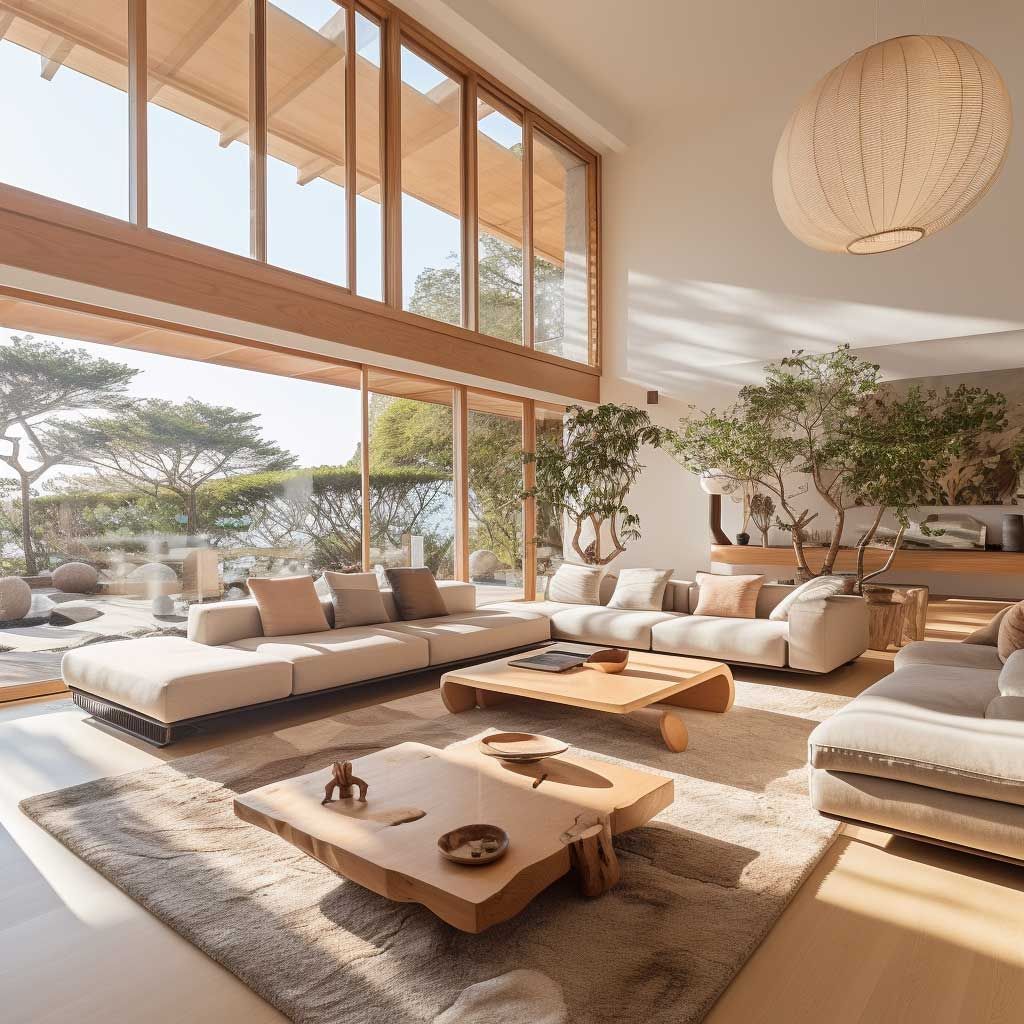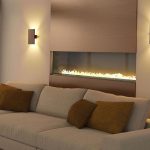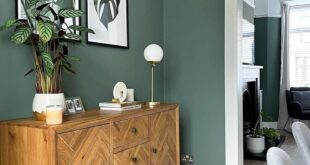The living room is often considered the heart of the home, where families gather to relax, unwind, and connect with one another. Creating the perfect ambiance in this space is essential for setting the mood and enhancing the overall look and feel of the room. One key element in achieving this is through the use of lighting.
Lighting can make a huge impact on the atmosphere of a room, influencing everything from the mood to the functionality of the space. By strategically incorporating different types of lighting, you can create a versatile and inviting environment that can easily adapt to different activities throughout the day.
One of the first things to consider when designing the lighting in your living room is the natural light that enters the space. If your living room gets plenty of natural light, you may not need as many overhead lights, allowing you to focus on accent and task lighting instead. On the other hand, if your living room lacks natural light, you may need to rely more on overhead lighting to brighten up the space.
Once you’ve assessed the natural light in the room, it’s time to think about the different types of lighting that will work best for your living room. Ambient lighting, which provides general illumination for the room, can be achieved through ceiling lights, wall sconces, or floor lamps. These types of lighting fixtures help to evenly distribute light throughout the space, creating a comfortable and inviting atmosphere.
Task lighting is another important element to consider in the living room, especially if you use the space for reading, working, or other activities that require focused light. Task lighting can be provided through desk lamps, floor lamps, or even pendant lights strategically placed over seating areas or workstations.
Accent lighting is the final piece of the puzzle when it comes to creating the perfect ambiance in your living room. Accent lighting helps to highlight certain features of the room, such as artwork, architectural details, or decorative objects. This can be achieved through the use of wall-mounted picture lights, spotlights, or even LED strip lights placed behind furniture or along the edges of shelves.
In addition to considering the different types of lighting fixtures, it’s also important to think about the color temperature and brightness of the light bulbs you choose. Warm white or soft white bulbs are typically best for creating a cozy and inviting atmosphere, while cool white or daylight bulbs can help to enhance the brightness and functionality of the space.
Ultimately, creating the perfect ambiance with living room lighting is all about finding the right balance between different types of lighting fixtures, color temperatures, and brightness levels. By taking the time to carefully plan and design your lighting scheme, you can transform your living room into a versatile and welcoming space that is sure to impress family and friends alike.
 goodworksfurniture Decoration and home design ideas
goodworksfurniture Decoration and home design ideas












